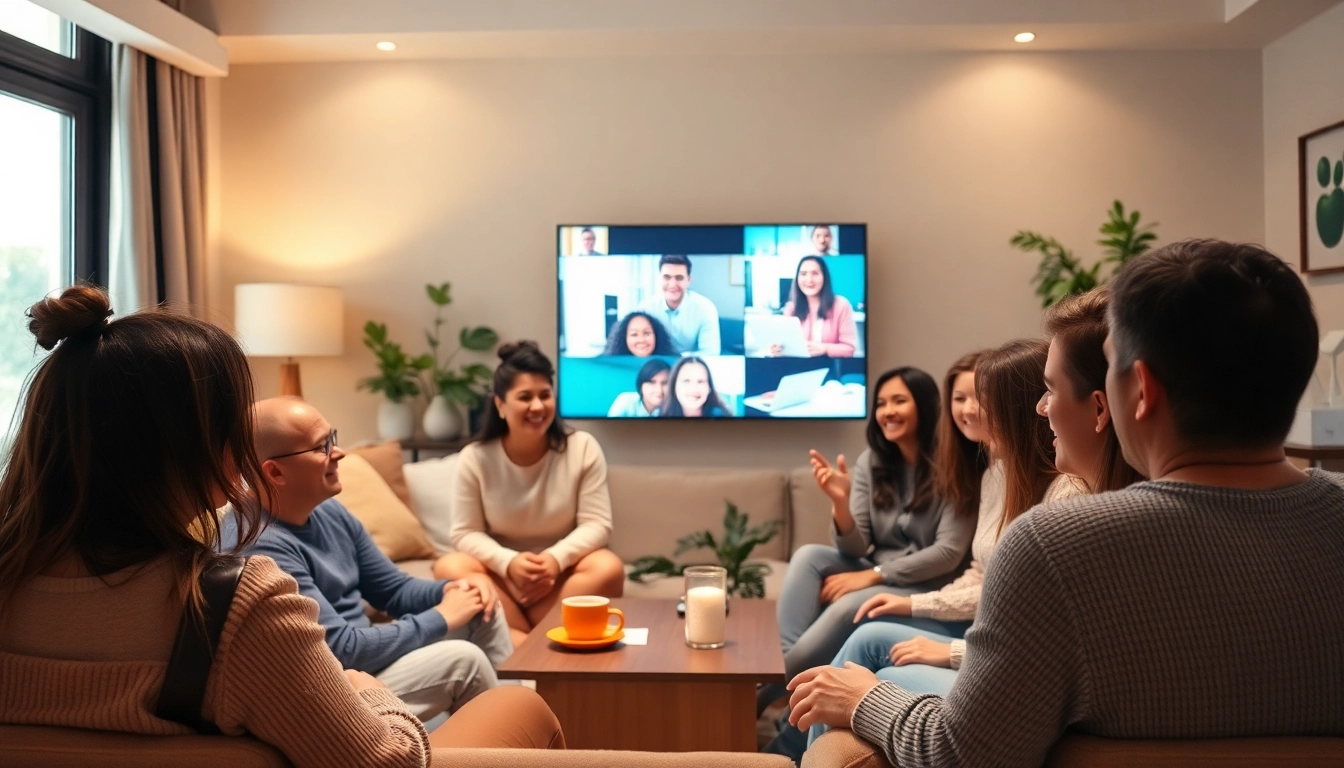Understanding Your Live Stream Audience
Live streaming has revolutionized how content is consumed, offering a unique platform for interaction and engagement. Understanding your Live Stream Audience is crucial for delivering content that resonates deeply and fosters a lasting connection. By analyzing the demographics, preferences, and behaviors of viewers, content creators can tailor their streams for maximum impact.
Defining the Characteristics of a Live Stream Audience
The first step to successfully engaging a live stream audience is to understand who they are. Generally, a live stream audience can be characterized by the following traits:
- Demographics: This includes age, gender, location, and socioeconomic status. For instance, younger audiences may prefer gaming streams, while older viewers might engage with tutorials or live news broadcasts.
- Behavioral Traits: Audiences display behaviors such as viewing patterns, peak viewing times, and interaction frequency. Understanding these can help you schedule streams and plan content around when your audience is most active.
- Technological Proficiency: Knowing whether your audience is tech-savvy can shape how you present content, using jargon or simple explanations based on their level of understanding.
Common Interests and Needs of Viewers
Live stream viewers often share common interests that can be tapped into for content creation. These include:
- Entertainment: Many viewers seek enjoyment, whether through gaming, live performances, or interactive shows.
- Education: Educational streams, including tutorials, webinars, and expert interviews, can attract audiences eager to learn new skills.
- Community: Viewers often look for a sense of belonging. Insights gathered from community interaction can guide you in shaping your content to meet social needs.
Analyzing Audience Behavior and Preferences
A deeper analysis of audience behavior reveals essential preferences:
- Viewing Equipment: Understanding what devices your audience uses to watch your streams (desktop, mobile, tablets) can help optimize streaming quality.
- Content Format: Identifying whether your audience prefers solo content, panel discussions, or interactive Q&As is vital for planning your streams.
- Engagement Patterns: Observing how viewers engage during streams, such as comment frequency or participation in polls, can provide feedback on what resonates.
Best Practices for Engaging a Live Stream Audience
Engaging a live stream audience goes beyond merely broadcasting; it requires active participation and interactivity. Here are some best practices:
Interactive Features to Consider for Engagement
Implementing interactive features can significantly enhance viewer engagement. Consider the following options:
- Live Chat: A real-time chat feature allows viewers to interact with the host and with each other, creating a dynamic environment.
- Quizzes and Polls: Engaging your audience with quizzes and polls encourages participation and can provide instant feedback on viewer preferences.
- Q&A Sessions: Designating time for questions and answers invites viewers to engage directly with you, making them feel valued.
Creating Compelling Content that Resonates
Content is king, and creating exciting and compelling streams is pivotal for engagement. Tips include:
- Understand Your Niche: Tailor your content specific to your audience’s interests, whether it’s entertainment, education, or both.
- Storytelling: Craft your stream around a narrative or theme to captivate viewers from beginning to end, keeping them invested in the content.
- High Production Quality: Invest in quality equipment for audio and video production to create a professional viewing experience.
Utilizing Real-Time Polls and Feedback
Using real-time feedback mechanisms enhances viewer engagement. Consider:
- Instant Feedback Mechanism: Utilizing tools that allow real-time polling offers insight into viewer preferences during the stream.
- Post-Stream Surveys: Sending surveys after streams can provide valuable data on what worked and what didn’t, guiding future content creation.
Leveraging Social Media to Expand Your Live Stream Audience
Social media is an indispensable tool for growing your live stream audience. Here’s how to leverage it effectively:
Promoting Live Streams Across Different Platforms
Utilize various social media platforms to maximize reach:
- Cross-Promotion: Announce your live streams across platforms like Facebook, Twitter, and Instagram to capture a broader audience.
- Teasers and Sneak Peeks: Share snippets or highlights of previous streams to pique interest and encourage attendance for upcoming sessions.
Building a Community Around Your Content
A community can enhance the overall experience for your viewers. Steps include:
- Create Dedicated Spaces: Platforms like Discord or Facebook groups can foster community interaction beyond live streams.
- Engagement Outside of Streams: Post engaging content regularly, sparking conversations within your community.
Utilizing Hashtags and Trends for Visibility
Harnessing trending topics can enhance visibility:
- Research Popular Hashtags: Use tools to identify trending hashtags relevant to your content and incorporate them into your posts.
- Participate in Challenges: Engaging in trending challenges or themes aligns your content with what viewers are currently interested in.
Measuring Success: Metrics for Your Live Stream Audience
To continually improve your live streams, establish metrics for measuring success. Consider these:
Key Performance Indicators to Track Engagement
Metrics provide insights into audience engagement. Track the following KPIs:
- Viewership Numbers: Analyze how many viewers tune in at different times during your stream.
- Engagement Rate: Calculate the percentage of viewers interacting through comments, likes, and shares to assess involvement.
- Retention Rates: Measure how long viewers stay; high drop-off rates may indicate areas for improvement.
Using Analytics Tools for Enhanced Insights
Leverage various tools for data collection and analysis:
- Google Analytics: Implement this to track audience behavior on your platforms, revealing what drives engagement.
- Platform-Specific Analytics: Platforms like Twitch and YouTube provide built-in analytics, crucial for understanding engagement and performance.
Adapting Strategies Based on Viewer Feedback
Adapting your content based on viewer feedback is key. Engage with your audience and:
- Encourage Comments: Inviting viewers to leave suggestions can provide direct insight into their preferences.
- Act on Feedback: Develop strategies based on the feedback, showcasing that you are attuned to viewer interests.
Case Studies of Successful Live Stream Audience Engagement
Learning from successful live stream strategies can be invaluable. Here’s an exploration of notable examples:
Successful Brands and Their Strategies
Several brands have effectively engaged their live stream audience:
- Apple: Regularly hosts live events to launch new products, maintaining high viewership through anticipation and exclusivity.
- Sephora: Utilizes live streams for makeup tutorials and beauty Q&As, creating educational content that encourages direct interaction.
Lessons Learned from High-Impact Live Streams
Successful live streams often share common lessons:
- Be Authentic: Authenticity resonates deeply with audiences, cultivating trust and loyalty.
- Be Prepared: Always have a clear plan while remaining flexible enough to adapt to audience interactions.
Innovative Techniques That Captured Audience Attention
Innovative engagement techniques stand out as industry trends:
- Augmented Reality (AR): Brands like Nike have utilized AR in live streams, providing interactive and immersive experiences.
- Gaming and Esports Events: Platforms like Twitch leverage gaming events to engage avid gamers, bringing communal experiences to an elevated level.



